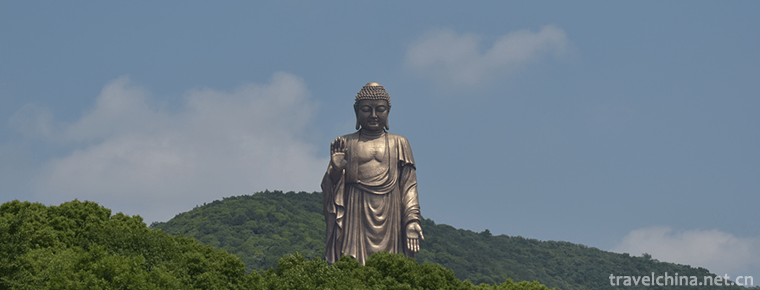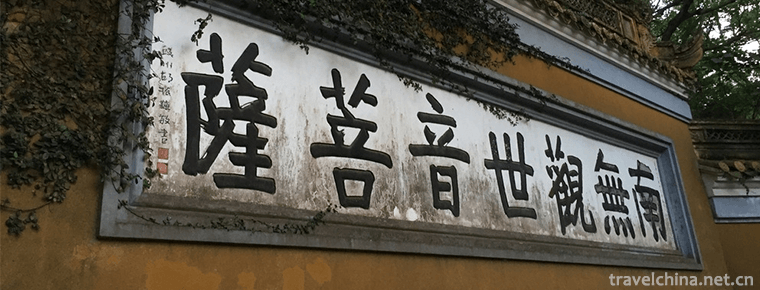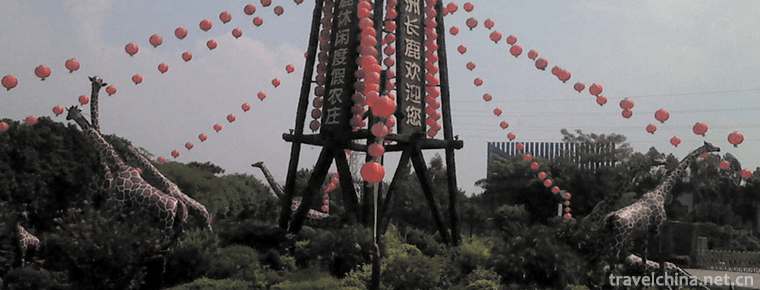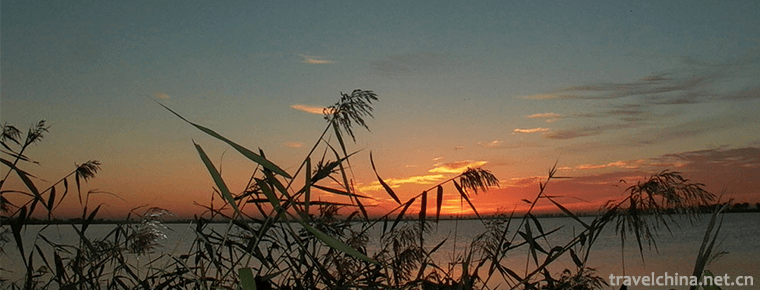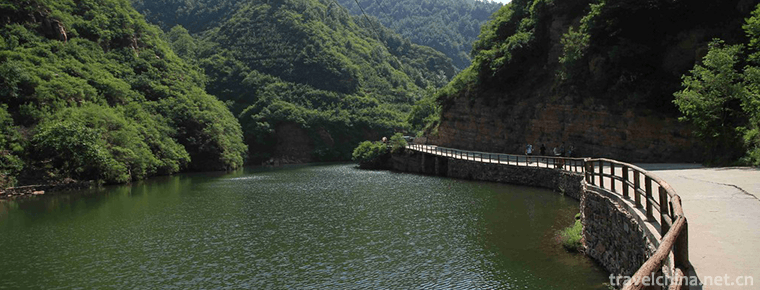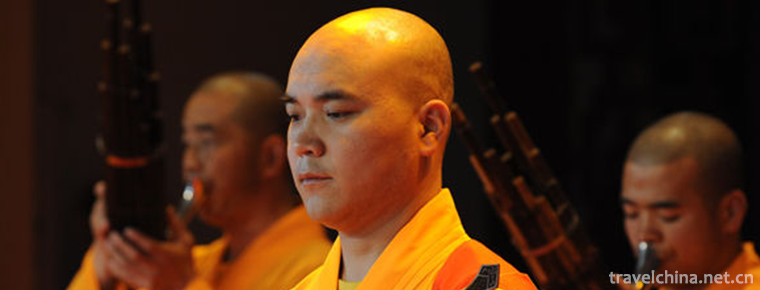baizi opera
baizi opera
Baizi Opera, a local traditional drama in Haifeng County, Shanwei City, Guangdong Province, is one of the national intangible cultural heritage.
Baizi opera is a local opera sung in Haifeng and Lufeng dialects. In the late Yuan and early Ming Dynasties, it flowed from southern Fujian to Eastern Guangdong, such as Hailufeng. Later, it absorbed folk arts such as bamboo horses, money drums, fishing songs and Chaozhou opera music, and changed to local dialect to sing, gradually forming its own style and characteristics. At first, both Baizi opera and Chaozhou opera were called Baizi opera. Baizi opera was called "Hailufeng Baizi" or "Nanxia Baizi". Chaozhou Baizi was also called "Tingtou Baizi". Later, Baizi opera was used to refer to Hailufeng Baizi. The singing structure of Baizi opera is mainly composed of a series of tunes and cards. It has the forms and characteristics of a series of tunes, roll singing, a group of singers and so on.
On May 20, 2006, Baizi Opera was approved by the State Council of the People's Republic of China to be listed in the first batch of national intangible cultural heritage catalogues, numbered IV-74.
historical origin
There are different opinions on the formation of Baizi Opera. It is generally believed that the folk operas in southern Fujian and Eastern Guangdong formed in the Southern Song Dynasty were the predecessors of Hailufeng Baizi Opera. After the autumn harvest in the Song Dynasty, Zhangzhou area was known as "opera head", "gathering money and things from family to family, playing tricks on superior people, or playing puppets, building shelters in the crowded land of residents, in the suburbs of all directions, with a wide audience; to the city, outside the four gates, also compete for it." According to the textual research, the opera was spread to Eastern Guangdong, Hai and Lu Feng, which is commonly known as the Old White Character or Bamboo Circus. These folk operas, basically two or three, are played by children. The repertoires such as "Dudu Lane" and "49 Lanes" are all folk life operas. They sing folk songs in local minor tunes, accompanied by large orchestras and flutes. In the process of development and evolution, Baizi opera also absorbs and draws lessons from many orthographic operas popular in the same area. In the traditional repertoire of Baizi opera, there are very few folk operas mentioned above, but most of them are Yiyu and Song operas. The former is called Xiaogong Drum Opera, while the latter is called Dagong Drum Opera. The opera of Gong and drum has a helpful tune, accompanied by Gong and drum, singing dry. Its repertoire, composition, singing, instrumental music and other aspects are very close to the opera part of orthographic opera. Therefore, Chaozhou opera proverbs also have the saying that "orthographic letters give birth to white characters".
In addition, it is also believed that Baizi opera and Chaozhou opera are of the same origin and different currents. Baizi opera artists worship Marshal Tian as the God of drama, which is the same as Liyuan opera, Lao Baizi opera, Zhengyin opera (Zhengzi opera) and Chaoyin opera (Chaoyin opera) in southern Fujian. The opening examples of Baizi opera, such as "Jingpeng", "Eight Immortals Baishou", "Fairy Girl Giving Zi", "Tiao Jiaguan", are still performed with "Zhengyin". Baizi opera has "Luoliyuan" tune and Laqiang tune, as well as classical versions such as "Jinchai Ji" and "Lijing Ji" with Chao tune, which are also from Nanqu. Therefore, it is believed that Baizi opera and Chaozhou opera are of the same origin and different currents, both of which come from Nanxi opera. Due to the lack of available historical data, the above two theories need further research and textual research.
During the Ming and Qing Dynasties, Baizi opera was very active. According to the survey, there were more than 30 class activities in Baizi opera in Xianfeng period of Qing Dynasty. During the eight years of Tongzhi in the Qing Dynasty (1869), the Ronggui Spring Class and Shuangming Fengban of Baizi Opera were active in the vast countryside of Hai, Lu Feng and Huiyang. In the thirty-fourth year of Guangxu in Qing Dynasty (1908), there were nearly twenty classes in Baizi Opera of Haifeng and Lufeng, among which Lao Rongshun had a long history and a large number of famous characters. Baizi opera used to be children's actors. When adults changed their voices, they often turned to learn to sing orthographic opera. Therefore, in recent years, famous performers and Drummers of orthographic opera, such as red-faced Zheng Chenggai, white-faced Liu Renxun, Black-faced Liu Maqian, Wenwu Sheng Chen Baoshou and drumhead master Liu Cai, all came from this class. Since the 1940s, disasters have occurred frequently in eastern Guangdong, and artists have fled from famine to death.
Following the founding of the People's Republic of China, Ye Bennan (Yiren Zidan), Zhuo Xiaozhi (Ma Baisheng), the new Rongshun Class of Haifeng Shagang, took the lead in organizing the "Folk Art White Character Drama Troupe". In 1953, a group of young actors were recruited and renamed "Haifeng County Youth White Character Drama Troupe". In 1956, it was named "Haifeng County Baizi Drama Troupe". In 1962, the troupe organized manpower to rescue, excavate and organize traditional arts. On this basis, it made bold attempts to reform the repertoire, performance, especially music, and adapted and performed some traditional and modern plays. Among them, the traditional drama "Legend of White Snake", the modern drama "The President's Daughter" and "Chaoyanggou" are very popular with the masses, especially young audiences. The troupe was dissolved in 1969 and rebuilt in 1979. At this time, there were only professional performing groups in Hai and Lufeng counties, while there were dozens of amateur white-character theatre troupes. Especially after the 1980s, the folk theatre activities of Hai and Lufeng were very prosperous. The white-character theatre troupes and opera troupes spread all over the towns and countryside of Haifeng and Lufeng.
Cultural characteristics
Performance program
Baizi opera uses Haifeng and Lufeng dialects. It has seven roles: Sheng Sheng, Dan, Ugly, Jing, Gong, Po and Tie. Its performing procedure is strict but not rigid. It is full of singing and dancing, and full of life flavor. There are seven traditional bands, commonly known as "seven chairs". They are a pair of drums (big drums, drumheads), a pair of blowing (big trumpets, second trumpets), a pair of gongs (head gongs, second gongs) and a pair of big cymbals. The number of instruments in later Wenwuchang has increased. Baizi opera is good at performing literary plays, but also absorbs some outlines of martial arts operas from orthographic operas. It is good at performing children's love songs. There are more whole operas and fewer folded operas. Short fight uses Southern martial arts, stage art is simple, easy to move. There are two categories of Baizi opera: Xiaogong opera and Dagong opera. Xiaogong opera can be divided into three types: regular Xiaogong opera, backline opera and folk song minor opera. Xiaogong Opera is lively and lively, full of life and local color; Dagong Opera music is solemn and elegant, with the characteristics of high-pitched music.
Aria structure
The structure of the aria of Baizi opera is mainly composed of the combination of Qupai and some of the slab arias. Its music is beautiful, with the form and characteristics of a couplet, roll singing, a singing crowd and so on. Qupai can be divided into three parts: formal white-character tune, reverse-line tune and miscellaneous tune, which are collectively called "white-character tune". Formal Baiziqu is also known as "Dabanqu" and "Zhengyiqu". The structure of the opera cards is similar to that of the orthographic tunes in orthographic operas, with roll singing and help tunes. There is often a "ho Ho ho" tug at the end of the aria of a backline song. Reverse song also has a help tune, no roll singing, unique style, the most strong local color. The folk song minors in Baizi opera are abundant and have a wide range of sources. Among them, some minors have been singing in "positive tone", mostly from orthographic operas; others are folk songs in Haifeng and Lufeng areas. In addition, there are Fujian Road from southern Fujian, and Buddhist songs. These are collectively referred to as miscellaneous tones.
Qu card
The opera cards of Baizi opera are composed of three parts: brand head, brand belly and brand tail. The number of words is four, six and seven. Generally, the first sentence is four words, and the second sentence is seven words. The belly of the cards is roll singing, mainly seven words, the number of sentences is irrelevant, the melody can be used repeatedly at will, suitable for narration and narration. The end of the cards is often accompanied by gongs and drums. Most of the opera cards in Baizi opera are lost names, and there are more than 40 titles in Baizi opera. Among them, the structure of Xiaoqu or Qupai is incomplete, accounting for about two-thirds. There are only more than a dozen relatively complete Qupai, while the commonly used Qupai is less than ten.
Representative repertoire
The main repertoire of Baizi opera is called "Eight Dalian", including Ying Tailian (Classmate Records), Chen Sanlian (Lijing Records), Gao Wenjulian (Pearl Records), Qin Xuemeilian (Sanyuan Records), Jiang Xing Gelian (Pearl Shirt), Wang Shuangfulian (Linjiang Tower), Yuan Wenzhenglian (Returning Soul), Cui Mingfeng Lian, and so on, as well as White Crane Temple and White Snake. Excellent traditional plays such as Biography, Visiting Friends, Shuqin Margin, Tianmen Front, White Luoyi, and modern plays such as Golden Chrysanthemum and Red Coral.
Inheritance and protection
Inheritance value
Baizi opera has the function of living fossils of folk sacrificial drama. It is of great historical value not only for the study of Chinese folk drama, but also for the re-understanding of the history of Chinese drama. Baizi opera records the life style and cultural thinking mode of Hailufeng villagers in past dynasties. It is the main carrier of traditional local culture with rich cultural connotations and has important value for the study of Chinese traditional culture and thought. Baizi opera is a kind of national intangible cultural heritage protection drama. It has important practical significance to investigate the current situation of Baizi opera in the field and to study the system of Baizi opera in the protection of living fossils.
Inheritance status
From the founding of New China to the early stage of reform and opening up, Baizi opera once gained development and prosperity. With the development of entertainment industry and the diversification of aesthetics, its performance market gradually shrank. Traditional operas, distinctive industry arts and other stage arts are on the verge of extinction.
Inheriting characters
Wu Peijin, male, Han nationality, born in 1972 in Haifeng, Guangdong Province. The second batch of national intangible cultural heritage projects are representative successors of Baizi opera and second-class actors. His representative works include: Fang Shiyu DaLei 。 Zhong Jingjie, female, Han nationality, born in 1971 in Haifeng, Guangdong Province. The second batch of representative inheritors of the national intangible cultural heritage project Baizi Opera are beautiful in appearance and gentle in action. They are especially good at performing silk dancing and sleeve dancing. Their singing is mellow and delicate, their words are pure and their rhythm is strong. His representative works include Cui Junrui's divorce of his wife and so on.
protective measures
On May 14, 2018, sponsored by the Wenguang New Bureau of Haifeng County, and sponsored by the county intangible cultural heritage protection center and the county Baizi Opera Art Inheritance Center, the series of activities "Traditional Culture-Baizi Opera Entering Campus" entered Haifeng Affiliated School of Central China Normal University. The series of activities drew the distance between local opera art and young students in the offshore areas, and made traditional culture more self-reliant in the transmission of fireworks and fires. Letter.
social influence
Important performances
On November 18, 2014, Haifeng Baizi Opera "Dragon Palace Qiyuan" was staged in Guangzhou Beili Theatre.
In August 2014, the Chinese Opera Festival was held in Hong Kong in 2014. The Haifeng County White Character Theatre Troupe performed the White Character Theatre "Golden Leaf Chrysanthemum".



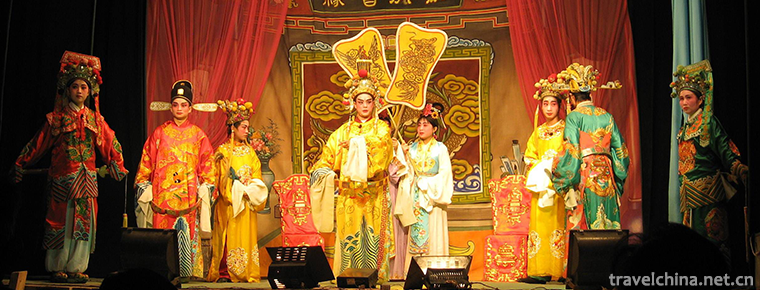
-
About Us
If you are interested in Chinese culture, Beautiful Scenery and Delicious Food, Welcome to China..
Views: 360 Time 2018-09-28 -
Changbai Mountains
Changbai Mountains are the birthplace of the Yalu River, Songhua River and Tumen river. It is the birthplace of Chinese Manchu and the sacred mountain of Manchu culture.
Views: 206 Time 2018-10-30 -
Grand Buddha at Ling Shan
Lingshan Grand Buddha is a world famous scenic spot, located between the mountains and rivers of Mashan National Scenic Spot in Wuxi City, Jiangsu Province..
Views: 256 Time 2018-12-06 -
Putuo Mountain Scenic Spot
Putuo Mountain Scenic Spot, located about 100 nautical miles east of Hangzhou Bay, Zhejiang Province, is an island in Zhoushan Islands. The island covers an area of 12.5 square kilometers.
Views: 157 Time 2018-12-07 -
Chuanlord Tourism & Leisure EXPO Park
Chuanlord Tourism & Leisure EXPO Park ,Changlu Tourism Xiubo Park, or Changlu Environmental Protection Holiday Farm (hereinafter referred to as "Changlu Farm").
Views: 502 Time 2018-12-12 -
Qilihai National Wetland Park
Qilihai National Wetland Park is located in the northeast of Tianjin, located in Ninghe District of Tianjin, 30 kilometers away from Tianjin urban area, 100 kilometers away from Beijing and 40 kilomet.
Views: 165 Time 2018-12-17 -
Tianhe mountain
Tianhe Mountain, located in Xingtai City, Hebei Province, is China's Love Mountain, the hometown of Chinese Qixi Culture, and the birthplace of the legend of Cowherd and Weaver Girl.
Views: 182 Time 2019-02-21 -
Zhaozhou Bridge
Zhaozhou Bridge, also known as Anji Bridge, is situated on the Juanhe River in Zhaoxian County, Hebei Province. It spans more than 37 meters across the river. Because all the bridges are built of ston.
Views: 178 Time 2019-03-17 -
Wutaishan Buddhist Music
Wutai Mountain Buddhist music refers to the traditional Buddhist music that has been circulating for a long time in the temples of Wutai Mountain, the top four famous mountains of Chinese Buddhism. Wu.
Views: 123 Time 2019-06-29 -
Sightseeing car in Chengdu Giant Panda Base
Chengdu Research Base of giant panda breeding currently covers an area of 1000 mu. Tourists can choose to take the sightseeing bus voluntarily if they walk for about 3 hours or take the electric sightseeing bus for about 1-2 hours. At present, there are 8 electric sightseeing buses in Chengdu Giant Panda Breeding Research Base to provide travel services for Chinese and foreign tourists..
Views: 50 Time 2020-12-13 -
Population of Deyang
By the end of 2018, the total number of households in Deyang was 1 million 575 thousand, and the total registered residence population was 3 million 870 thousand. Among them, there were 1 million 242 thousand urban residents and 2 million 629 thousand rural population.
Views: 318 Time 2020-12-14 -
Nanchong landform
Nanchong terrain inclines from north to south, with an altitude of 256-888.8 meters. The main geomorphic types are hills, and 1 / 3 of them are high hills and low mountains, middle hills and valleys, and low hills and dams. The geomorphic types of the whole city.
Views: 321 Time 2020-12-17


